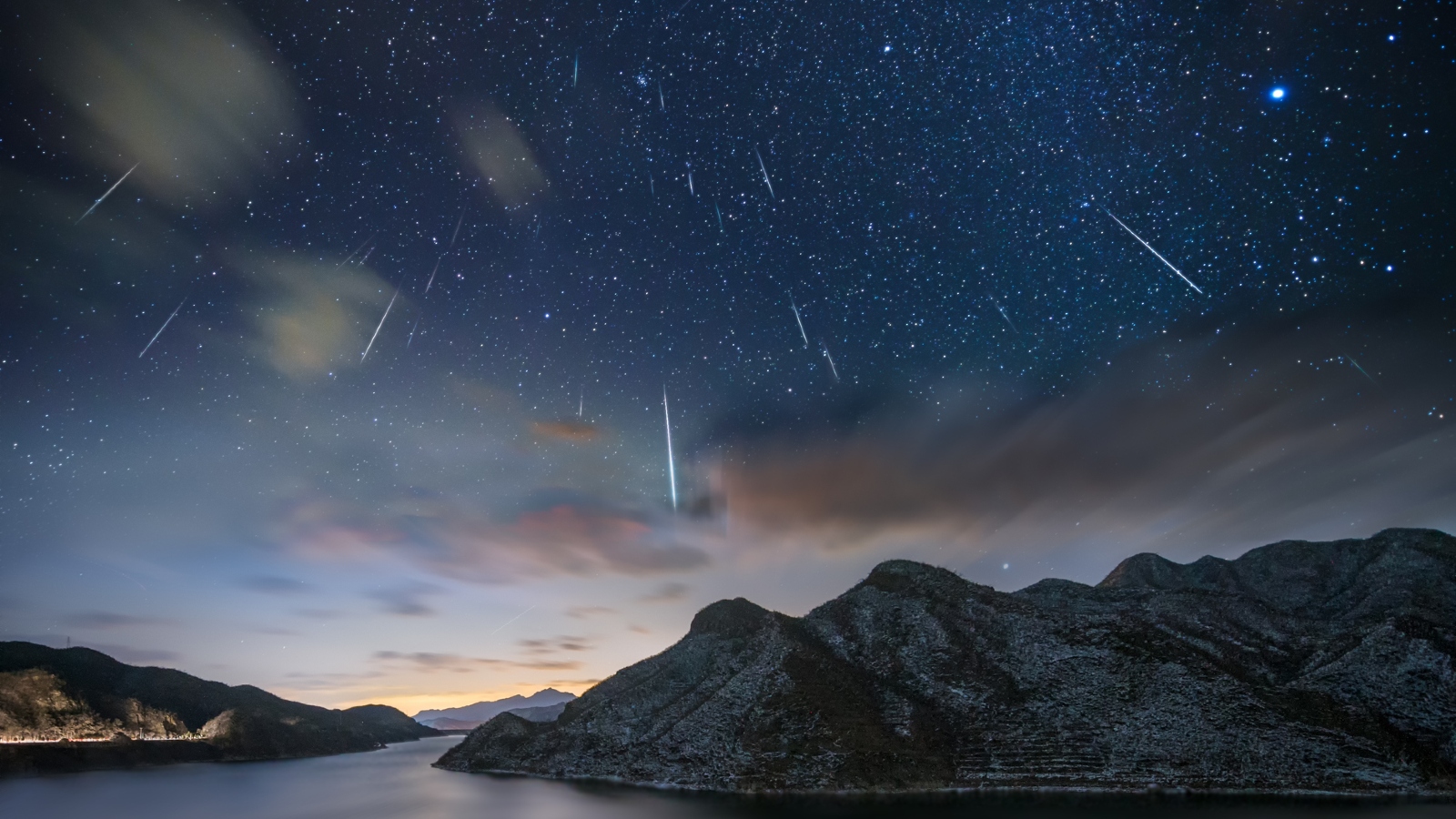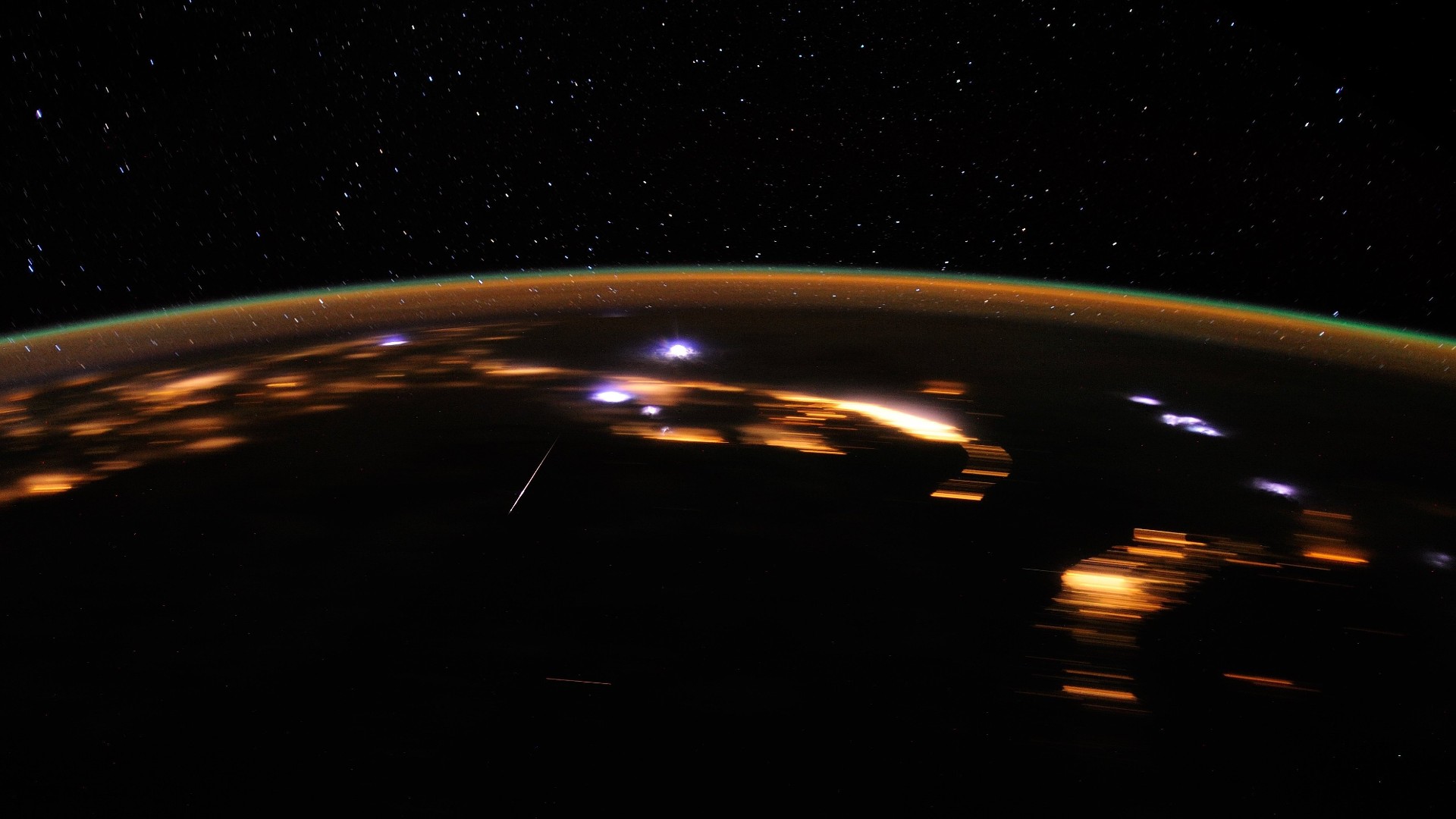
The Lyrid meteor shower has officially begun and the sky show's spectacular peak, which could see hundreds of shooting stars and "fireballs" fill the night sky, is scheduled to begin later this week. But what are the Lyrids? When exactly do they peak? And where is the best place to look for them?
The Lyrids, which were first observed by humans around 2,700 years ago, are one of the oldest meteor showers on record, according to NASA. They are not quite as magnificent as some other meteor showers, such as the Perseids. However, at their best, the Lyrids are known to produce bright exploding space rocks, known as fireball meteors, and leave persistent trails of light, known as meteor trains, that remain in the sky for several seconds.
These meteors come from the dusty trail left behind by Comet C/1861 G1 Thatcher, which orbits the sun every 415.5 years. Once a year, Earth passes through the comet's expansive debris field, causing disconnected chunks of the comet to burn up in our atmosphere, giving the impression of shooting stars racing across the night sky.
The annual event normally lasts for around two weeks in April but is most prominent during a roughly day-long peak. This year, the Lyrids began on April 15 and will continue until April 29. However, they will peak between Sunday (April 21) and Monday (April 22).
Normally, dozens of meteors light up the sky every hour during this period, according to NASA. But this shower is also known for rare surges that can bring as many as 100 meteors an hour. However, this has only happened a handful of times over the last 200 years.
Related: How many meteorites hit Earth every year?

Unfortunately, this year's peak coincides with an almost full "pink moon," which will become full on April 23. As a result, the light from our cosmic companion will obscure most of the peak, meaning the meteors will likely not be as spectacular as in other years, EarthSky reported.
But don't let this put you off.
The best time to see the Lyrids will be just before dawn on April 22 when the moon is at its lowest. At this point, you should still be able to see dozens of bright meteors — as long as there isn't too much cloud cover or light pollution near you.
The shower is best viewed with the naked eye anywhere in the Northern Hemisphere. Even the best telescopes and stargazing binoculars will only impede your view during a meteor shower — though there will be plenty of other great stargazing opportunities in 2024 to use them.
The meteors' radiant — the point in the sky where they appear to be coming from — is around Vega in the constellation Lyra, also known as the Harp — but they can appear anywhere in the sky. Vega is one of the brightest stars in the sky so it shouldn't be too hard to find. However, NASA recommends that you look slightly away from the radiant so you can see longer, stretched-out shooting stars. If you look head-on, they will appear to be much more truncated.
For the best views, head to a viewing spot away from city lights. You can consult a light pollution map to find dark areas with the best chances of seeing the shooting stars.
If you miss the peak, don't worry. If you go outside on the nights either side of the peak and look up for at least half an hour or so, you should still be able to spot at least one of these space rocks twinkle in the sky as they die a fiery death.







